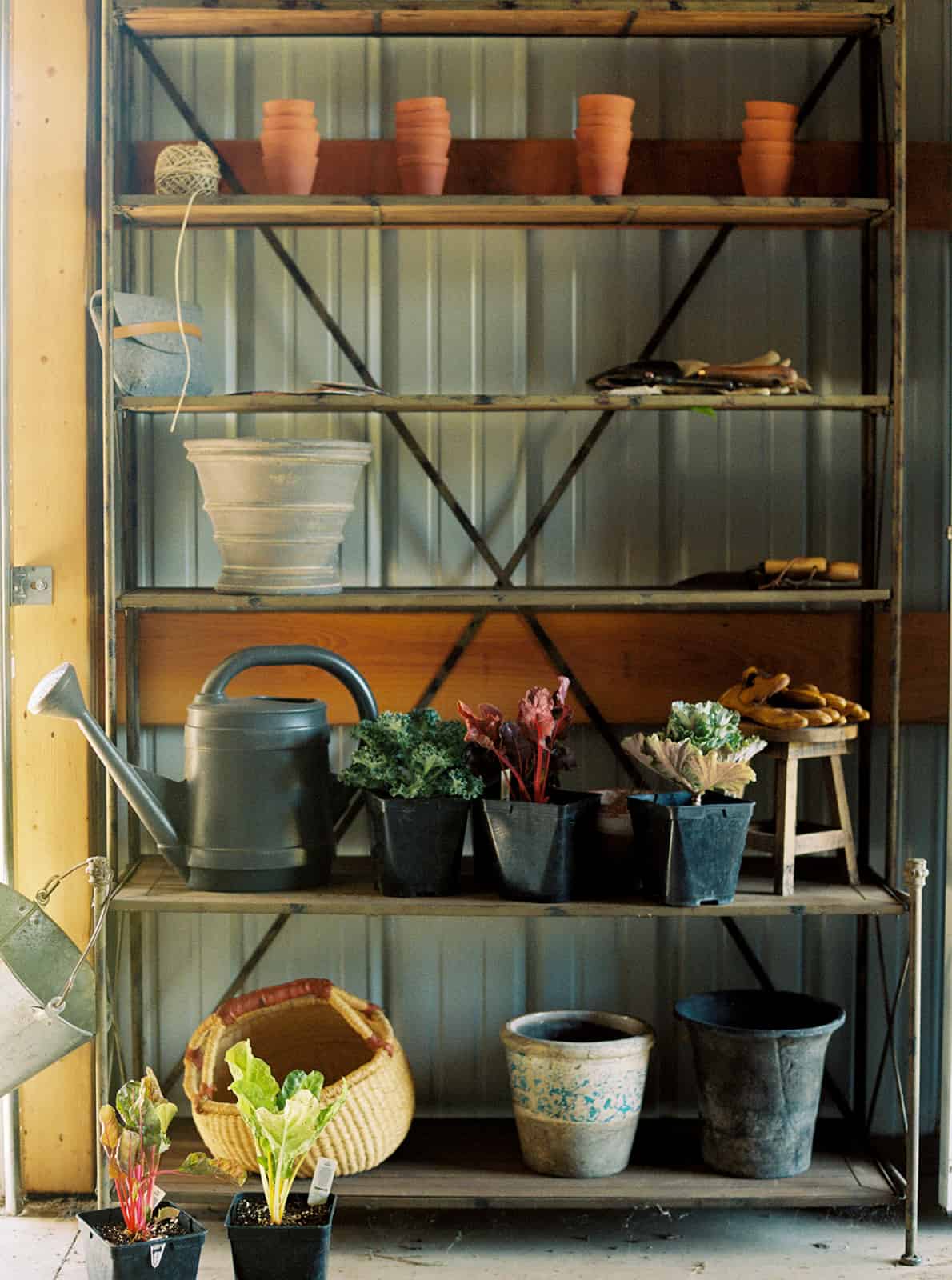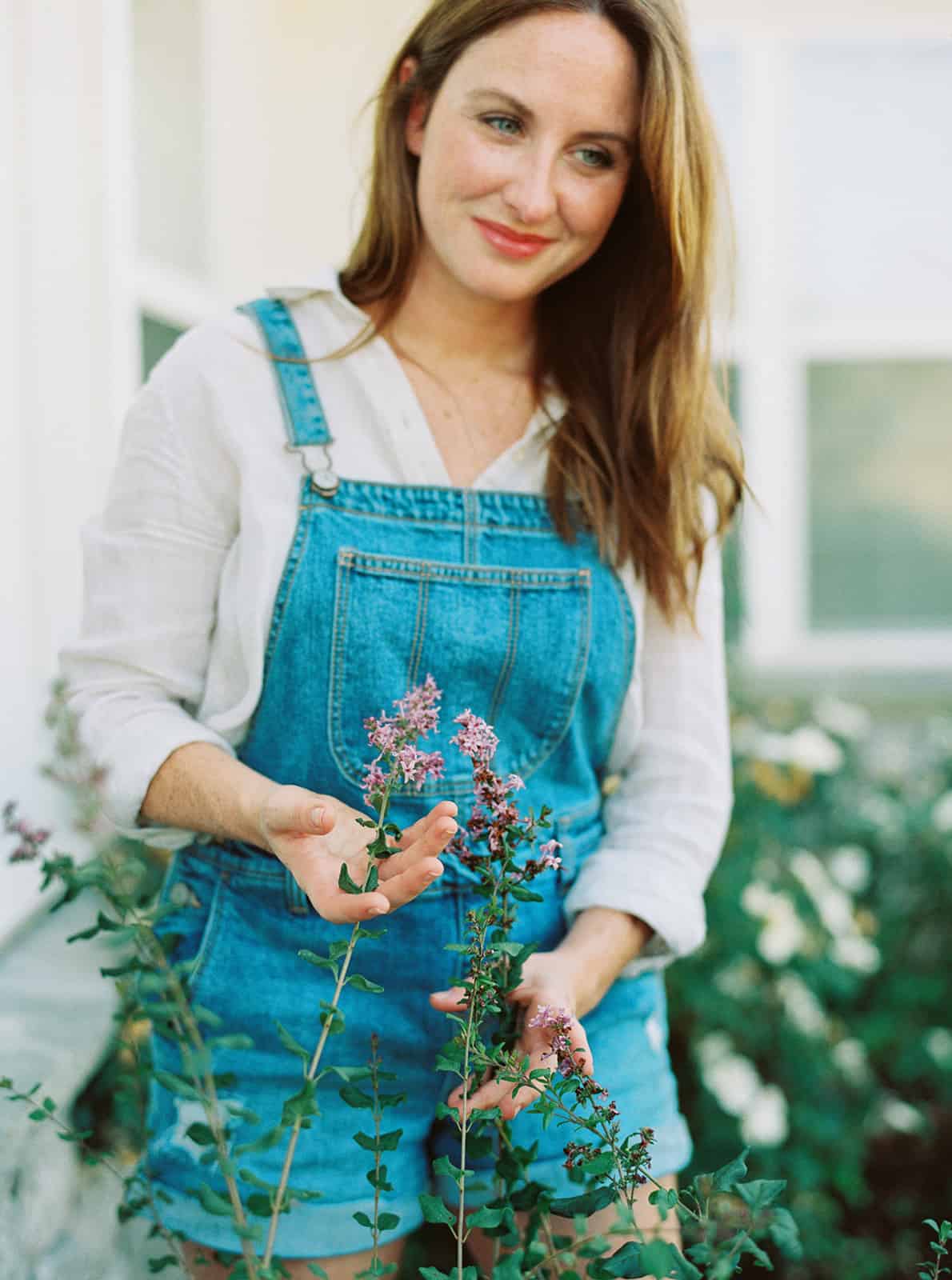And Why it is So Important to Know Your Gardening Zone
One of the first things you must do before starting your first garden, is to discover what your garden’s Hardiness Zone (also called Gardening Zone) is.
Click here to go directly to the USDA Zone Map to find your zone.
Continue reading below to find out:
- What a Hardiness Zone is
- Why You Need to Know Yours Before Starting a Garden
- How to Find Your Gardening Zone
- And All About Heat Zones.

What is a Plant Hardiness Zone?
A hardiness zone, or gardening zone, is defined by the general climate of a particular geographical location. The zones—measured numerically, i.e. zone 1, zone 2, zone 3 and so on—is determined by how cold a particular area can get on average.
This allows gardeners to determine which plants will grow and thrive in their respected locations.
If you have ever purchased a plant at your local nursery, you more than likely have seen on the tag, “Zone 7” or something similar. This indicates that the plant can grow and thrive in the geographical area assigned to zone 7 and can withstand that zone’s on-average coldest climate.
Each zone is “based on the average annual minimum winter temperature, divided into 10-degree F zones.”
Meaning, if you live in Zone 7, the lowest average annual minimum winter temperature is 5º F. The lowest average annual minimum winter temperature for Zone 6 is -5º F and so on.
Do I need to Know My Gardening Zone Before Starting My Garden?
Yes, it will help ensure the most success for your garden.
When I first started gardening in Oklahoma, I wanted to grow so many plants from my childhood. I grew up in the South (Mobile, Alabama) and as a Coast Guard military kid, we often moved to tropical locations like Hawaii and Puerto Rico. Each place we lived, I always grew a garden.
When Nate and I settled in Oklahoma, I thought I could outsmart nature and try to grow some of my favorite plants like Plumeria that grew outside my window in Hawaii and Pink Perfection Camellias that line the downtown streets in Mobile.
I ignored our gardening zone, and was broken-hearted when those plants died, quickly, even before winter.
I share this not to dishearten you—I’m still determined to grow camellias when we get a greenhouse one day—but to educate and empower you to make wise decisions when choosing what to grow in your garden.
However, because we live in a zone that gets colder than the places I lived growing up, I can grow more winter vegetables than I could back then.
No matter your gardening zone, you can always find something beautiful, interesting and spectacular to grow in your garden. You just need to do a little research and be prepared.

How to Find Your Gardening Zone
If you live in the United States, you can easily find this by going to the USDA Plant Hardiness Zone Map. Type in your zip code, and you will be directed to your zone. It’s that simple!
You may notice that your zone has an a or b next to it. This is helpful when considering plants that are on the cusp of working well in your area.
For example, if you are 7a like us, you might be able to grow a plant that thrives in 6b, with some extra care. Or, if your location lands on the edge of two zones or a zone’s a or b, you may have more grace to experiment growing plants in both zones.
All About Heat Zones
Most gardeners focus on their Hardiness Zones, but you may also want to consider your Heat Zone.
What is a Heat Zone?
Developed by the American Horticultural Society, Heat Zones are measured by how warm a zone can get, indicated by “heat days.”
According tot he AHS, heat days are determined by the average number of days that area experiences a temperature of 86º F or more.
Why Does Knowing Your Heat Zone Matter and How Does it Differ from Hardiness Zone?
Cold hardiness is certainly an important factor to consider in plant growth, but too much heat or too many days of excessive heat can also be detrimental.
Living in Oklahoma, the meteorological capital of the US, I’ve learned this very well. We get some of the most random weather and temperatures. Therefore, knowing our heat zone helps me make better plant selection decisions, along with knowing our hardiness zone, to have a successful garden.
Because the AHS Heat Map is relatively new, published in 1997, you may not see it indicated on your plants’ tags or seed descriptions. However, if the plant tag does have the heat zone, you will see it listed as 7-8. The first number being the hardiness zone, and the second being the heat zone.
How to Find Your Heat Zone
Because Heat Zones are not as popular, you cannot search and enter your zip code like the hardiness zone to find your zone. After much searching, I found a PDF of the map through a university.
Click here to download a PDF copy of the AHS Heat Map, published in 1997.
Now that You Know Your Zones, What’s Next?
You are on your way to a more successful gardening experience! Take your hardiness zone and heat zone, and start considering what you want to grow according to your zones. Now, your future plants have a much better chance to survive and thrive.
Affiliate Disclosure & Content Disclaimer
This post may contain affiliate links from a sponsor, Amazon Affiliates or other program. If you use these links to buy something we may earn a commission at no extra cost to you. This allows me to continue creating more content that you love. The content of this article is for general information purposes only. My goal is to provide you with the best information possible from my personal experiences for you to make the best decisions on the given topics for yourself.
Photographs by Leah Payne